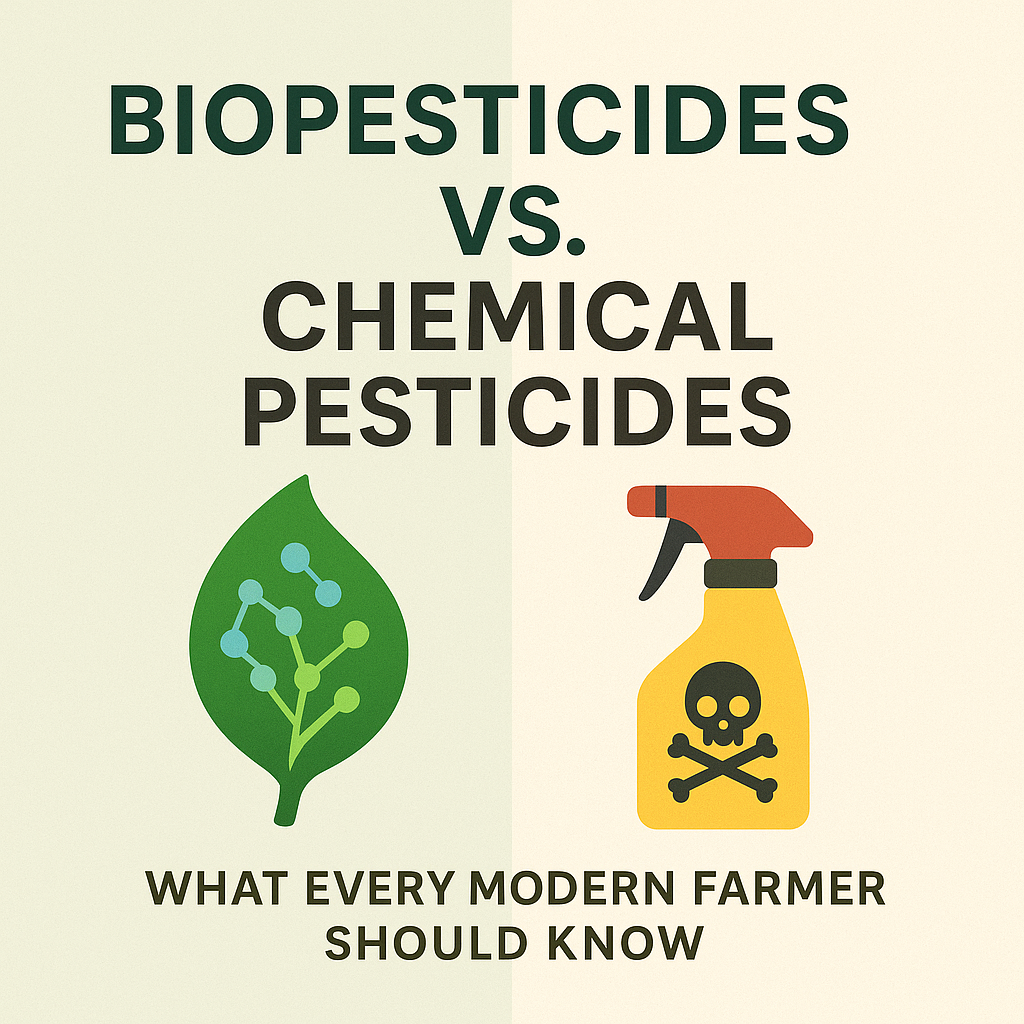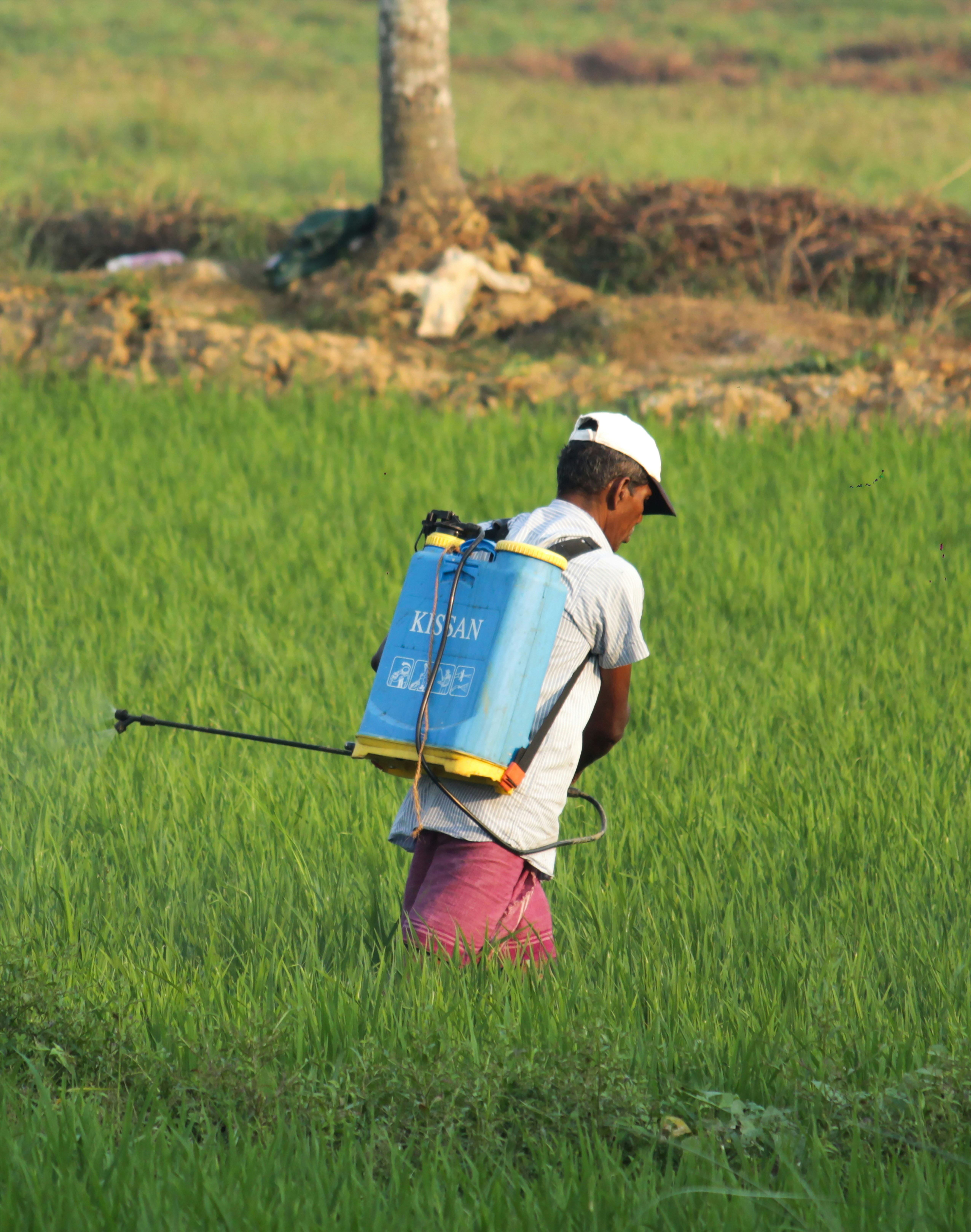
Introduction
The agricultural industry is currently facing significant challenges due to the overuse of synthetic pesticides. This concern is not only prevalent among farmers but has also garnered attention from consumers and regulatory bodies worldwide. As awareness regarding the potentially harmful effects of chemical pesticides grows, there has been a shift towards seeking alternative solutions that are both effective and environmentally friendly. Farmers are increasingly being urged to consider the ramifications of pesticide application, leading to an urgent need for a reevaluation of pesticide regimes.
Global awareness of pesticide impact on health and the environment has resulted in regulatory pressures aiming to reduce dependency on harmful chemicals. Governments, nonprofit organizations, and health experts are advocating for stricter controls on pesticide use to mitigate risks associated with chemical residues on crops, which can subsequently affect both agricultural workers and consumers. This heightened scrutiny is not just a passing trend but reflects a deeper shift in societal values towards sustainability and safety in food production.
Furthermore, consumer trends are leaning more towards the demand for residue-free produce, prompting farmers to adapt their practices accordingly. Studies indicate that an increasing number of shoppers are prioritizing organic and minimally processed products, which hold a reputation for being free from chemical contaminants. This market shift is compelling farmers to explore biopesticides as a viable alternative. These natural options are gaining traction among agriculturalists who are seeking to meet evolving consumer needs while ensuring yield efficiency.
Given the growing concerns over synthetic pesticide use and the rising demand for safer agricultural practices, it becomes critical for modern farmers to embrace innovations such as biopesticides. Understanding the implications of both chemical and biological pest control strategies will not only ensure compliance with regulations but also contribute to a more sustainable agricultural future.
What are Biopesticides?
Biopesticides represent an innovative and environmentally-friendly alternative to traditional chemical pesticides. Defined as natural substances derived from organisms or naturally occurring processes, these biopesticides can be categorized into three main types: microbial, botanical, and biochemical. Each category exemplifies a unique mechanism of action, contributing to effective pest management while minimizing harm to non-target organisms and the environment.
Microbial biopesticides are based on naturally occurring microorganisms such as bacteria, fungi, or viruses, which can control pest populations. A prominent example is Bacillus thuringiensis, a bacterium that produces proteins toxic to many insect larvae upon ingestion. This microbe selectively targets pests, ultimately leading to their demise while sparing beneficial insects. The use of Bacillus thuringiensis not only protects crops but also minimizes the risk of pest resistance compared to synthetic chemical pesticides.
Botanical biopesticides derive from plants and encompass a wide variety of active ingredients that exhibit insecticidal properties. One notable example is neem oil, extracted from the seeds of the neem tree (Aazadirachta indica). Neem oil functions as a repellent, growth regulator, and disruptor of oviposition, effectively controlling pest populations while being safe for humans and animals. This dual role enhances its appeal in sustainable agriculture practices.
Lastly, biochemical biopesticides include naturally occurring compounds that interfere with specific biological processes in pests. Trichoderma spp., a genus of fungi, exemplifies this category. These fungi act as biocontrol agents, promoting plant health by enhancing nutrient availability and suppressing plant pathogens. Their capacity to establish beneficial relationships with plants adds to their intrigue in modern farming. Overall, biopesticides offer numerous advantages, including reduced environmental impact, increased safety for humans and animals, and promoting sustainable agricultural practices. Their implementation represents a significant step towards sustainable pest management in contemporary agriculture.
How Chemical Pesticides Work
Chemical pesticides, often referred to as synthetic pesticides, are substances designed to deter, incapacitate, or eliminate pests that threaten agricultural products. These compounds function through various modes of action, primarily by disrupting the biological processes of target organisms. For instance, some chemical pesticides interfere with neural activity, leading to paralysis and death, while others may inhibit specific metabolic pathways or block critical enzymes. This versatility in mode of action allows for a tailored approach against various pest species, contributing to the widespread use of these chemicals in modern agriculture.
However, the increasing reliance on chemical pesticides poses significant challenges. One major concern is the rapid development of pest resistance. Over time, pests can evolve, rendering these chemical applications less effective. As farmers repeatedly apply the same pesticides, only those pests with resistance traits survive, leading to a cycle of higher pesticide usage. This escalation not only increases production costs but also prompts the need for even more potent chemicals, which can result in escalating environmental issues.
Furthermore, the environmental impacts of chemical pesticides are substantial. These compounds can leach into soil and waterways, affecting non-target organisms and leading to biodiversity loss. The residue levels of these chemicals on crops are also a growing worry, as consumers increasingly demand food that is free from harmful residues. In addition, the detrimental effects on vital pollinators, such as bees, can threaten crop pollination and overall food production. As awareness of these issues rises, farmers are becoming more cautious regarding their pesticide use and are seeking sustainable alternatives.
Biopesticides vs. Chemical Pesticides: Key Differences
The distinction between biopesticides and chemical pesticides is essential for modern agricultural practices. One of the most significant differences lies in their efficacy and specificity in targeting pests. Biopesticides, which are derived from natural organisms or naturally occurring substances, often exhibit a high level of specificity, effectively targeting particular pests while minimizing harm to non-target species. In contrast, chemical pesticides tend to have a broader spectrum of action, which can lead to collateral damage on beneficial insects and other wildlife.
Environmental footprint is another crucial factor to consider. Biopesticides typically have a lower environmental impact compared to their chemical counterparts. They are generally biodegradable and less toxic, which can result in healthier ecosystems when incorporated into farming practices. Chemical pesticides, however, can persist in the environment, leading to soil degradation and water contamination, raising concerns about their long-term sustainability.
Resistance management is a vital consideration for farmers. Biopesticides can play a key role in resistance management, as they often utilize different modes of action, which helps delay the development of pest resistance. On the other hand, the excessive use of chemical pesticides can lead to the rapid evolution of resistant pest populations, undermining the effectiveness of these chemicals over time.
When evaluating compatibility with Integrated Pest Management (IPM), biopesticides often integrate seamlessly into IPM strategies due to their sustainability and targeted action. This complements cultural, biological, and mechanical pest control methods, resulting in a holistic approach to pest management. Conversely, chemical pesticides sometimes conflict with IPM principles and may require stringent regulations that can complicate their use, particularly in export markets.
In summary, understanding the critical differences between biopesticides and chemical pesticides can significantly influence a farmer’s choice when developing pest management strategies. Each type has specific benefits and drawbacks that warrant thorough evaluation within the context of sustainable agriculture.

